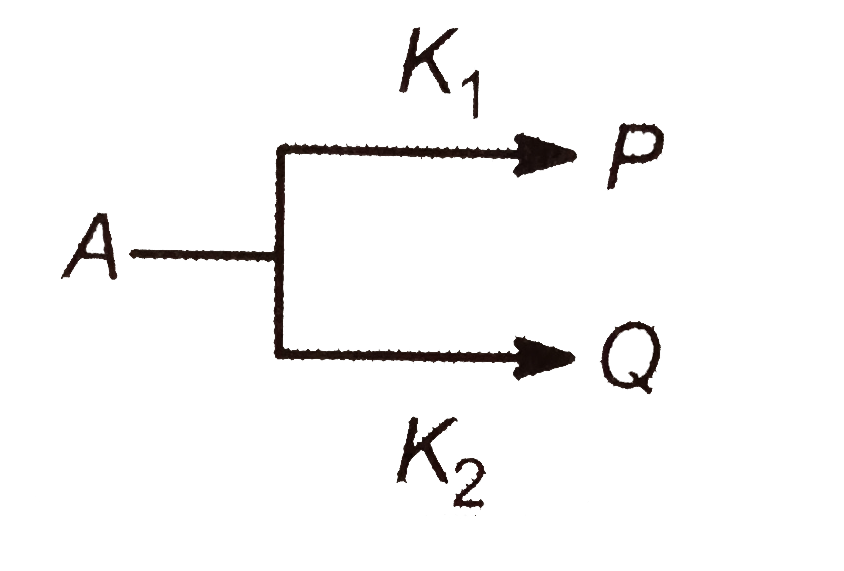The net heat change in a chemical reaction is same whether it is brought about in two or more different ways in one or several steps. It is known as
Hess’s law
Law of conservation of energy
Henry’s law
Joule’s principle
The correct Answer is:A
Topper's Solved these Questions
- THERMOCHEMISTRY BOOK - MOTIONCHAPTER - THERMOCHEMISTRY EXERCISE - Exercise - 2 (Level-II)
29 Videos
- THERMOCHEMISTRY BOOK - MOTIONCHAPTER - THERMOCHEMISTRY EXERCISE - Exercise - 3
50 Videos
- THERMOCHEMISTRY BOOK - MOTIONCHAPTER - THERMOCHEMISTRY EXERCISE - EXERCISE -1 SECTION E
3 Videos
- SURFACE CHEMISTRYBOOK - MOTIONCHAPTER - SURFACE CHEMISTRYEXERCISE - Exercise - 3 (Level-II)
12 Videos
- THERMODYNAMICSBOOK - MOTIONCHAPTER - THERMODYNAMICSEXERCISE - EXERCISE - 4 (LEVEL - II)
19 Videos
Similar Questions
Knowledge Check
The change of enthalpy of a chemical reaction it he same whether the reaction takes place in one step or in several steps. This law was presented by
AHessBLe Chatelier'sCVan't HoffDKirchhoff"The change of enthalpy of a chemical reaction is the same whether the reaction takes place in one step or in several steps". This law was presented by:
AHessBLe chatelierCVan't HoffDKirchhoff"The change of enthalpy of a chemical reaction is the same whether the reaction takes place in one step or in several steps". This law was presented by:
ALe Chatelier's lawBvant's Hoff's lawCfirst law of thermodynamicsDHess's law.
"The resultant heat change in a reaction is the same whether it takes place in one or several stages." This statement is called
View SolutionGrowing two or more crops at the same time in a field is called
View SolutionWhen one reactant is present in excess in a chemical reaction between two substances, then the reaction is known as
View SolutionThe rate and mechanism of chemical reactions are studied in chemical kinetics. The elementary reactions are single step reactions having no mechanism. The order of reaction and molecularity are same for elementary reactions. The rate of forward reaction aA+bB→cC+dD is given as :
rate = =(dxdt)=−1ad[A]dt=−1bd[B]dt=1cd[C]dt=1dd[D]dt or rate =K[A]a[B]b. In case of reversible reactions net rate expression can be written as : rate =K1[A]a[B]b–K2[C]c[D]d. At equilibrium, rate = 0. The constants K,K1,K2, are rate constants of respective reaction. In case of reactions governed by two or more steps reactions mechanism, the rate is given by the solwest step of mechanism.
For the reaction : aA→bB,
log[−dAdt]=log[dBdt]+0.6, then a:b is :
View SolutionSome times a reacant undergoes chemical/radioactive changes following two or more different paths to yield two or more different produces respectively. Such reactions are called parallel path reactions. If K1 and K2 are rate constans for the reaction of A follwing two parallel paths, then

Then Kav=K1+K2
Which one of the following is correct for the above reaction:
View Solution
